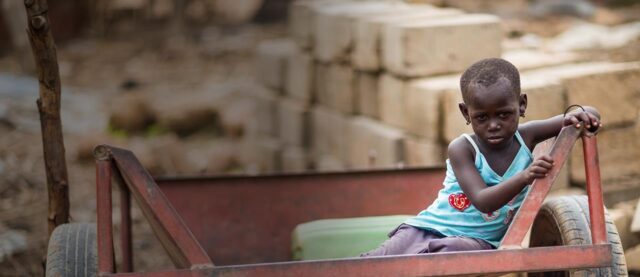A vulnerable population means a group of people who are at an increased risk of developing health problems and health disparities. The factors that influence vulnerability include historical, political, cultural, institutional, and natural resource processes, which shape people’s lives and lifestyles. Other factors that make individuals and groups more vulnerabille include race, religion, age, gender, disability, culture, socio-economic status, and migration status. For instance, children with disability have unique needs since their individual functioning is limited by physical, intellectual, communication and sensory impairments. This blog seeks to answer the question; Are children a vulnerable popultion?

Yes, indeed, children are a vulnerable population. This is because they are still in the process of development all-wise physically, mentally, and emotionall. As such, their cognitive abilities are not fully matured and this affects their cognitive abilities. Also, children are a vulnerable population because they depend on caregivers and adults for basic needs, protection, and guidance. This makes them more susceptible to harm or exploitation in the event that the caregivers are wicked and evil. Besides, lack of legal rights and social power to advocate for themselves make children a vulnerable population. Children cannot make autonomous decisions, understand their legal rights or voice their concerns. Are children a vulnerable popultion?
Moreover, children are considered a vulnerable population due to their small size, immature immune systems, and vulnerability to environmental factors. They are thus more at risk of experiencing harm, neglect, and abuse. Additionally, children are viewed as vulnerable populations in clinical research because they are unable to provide informed consent. Children may not also fully understand complex medical procedures and thus protection is required to ensure their well-being. The unique needs of children and their developmental challenges make increase the risk for negative outcomes without appropriate safeguards in place.
